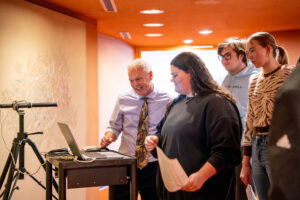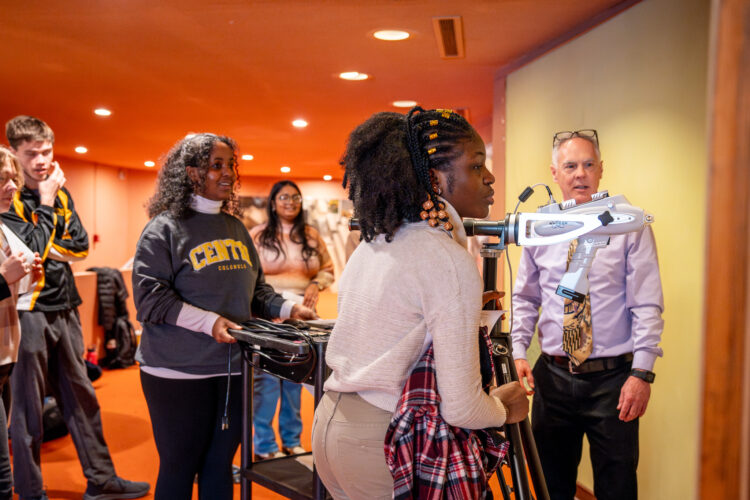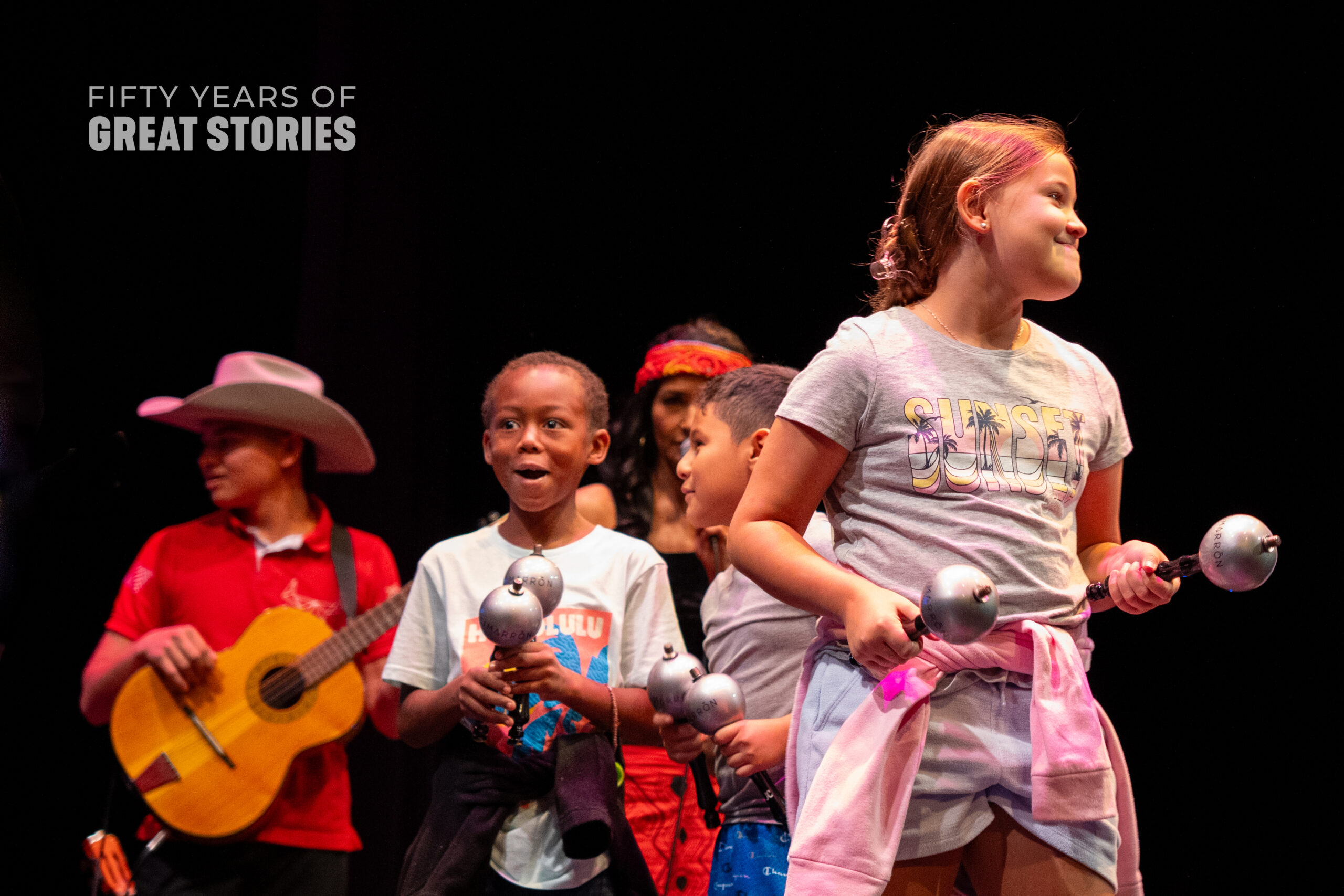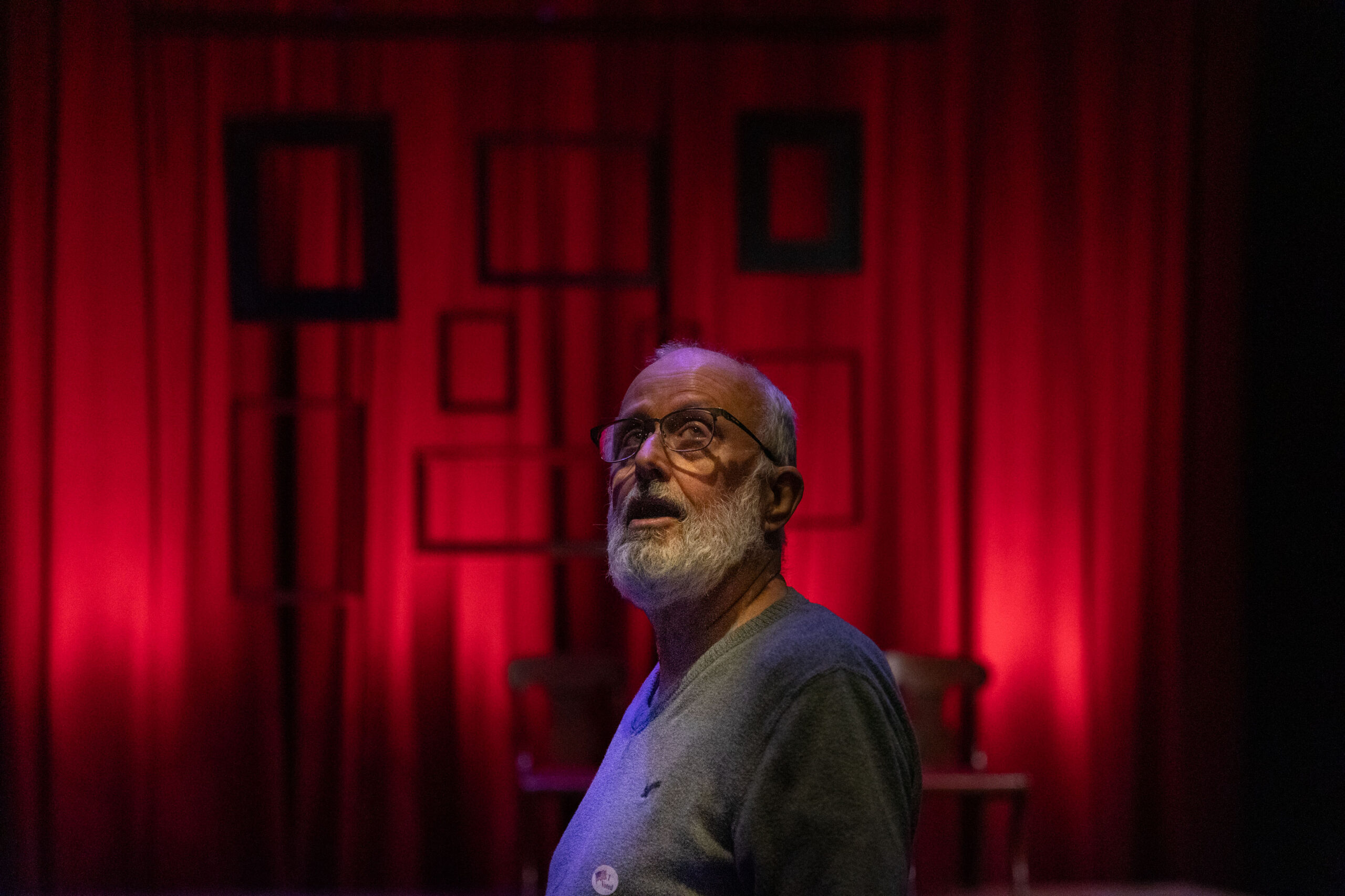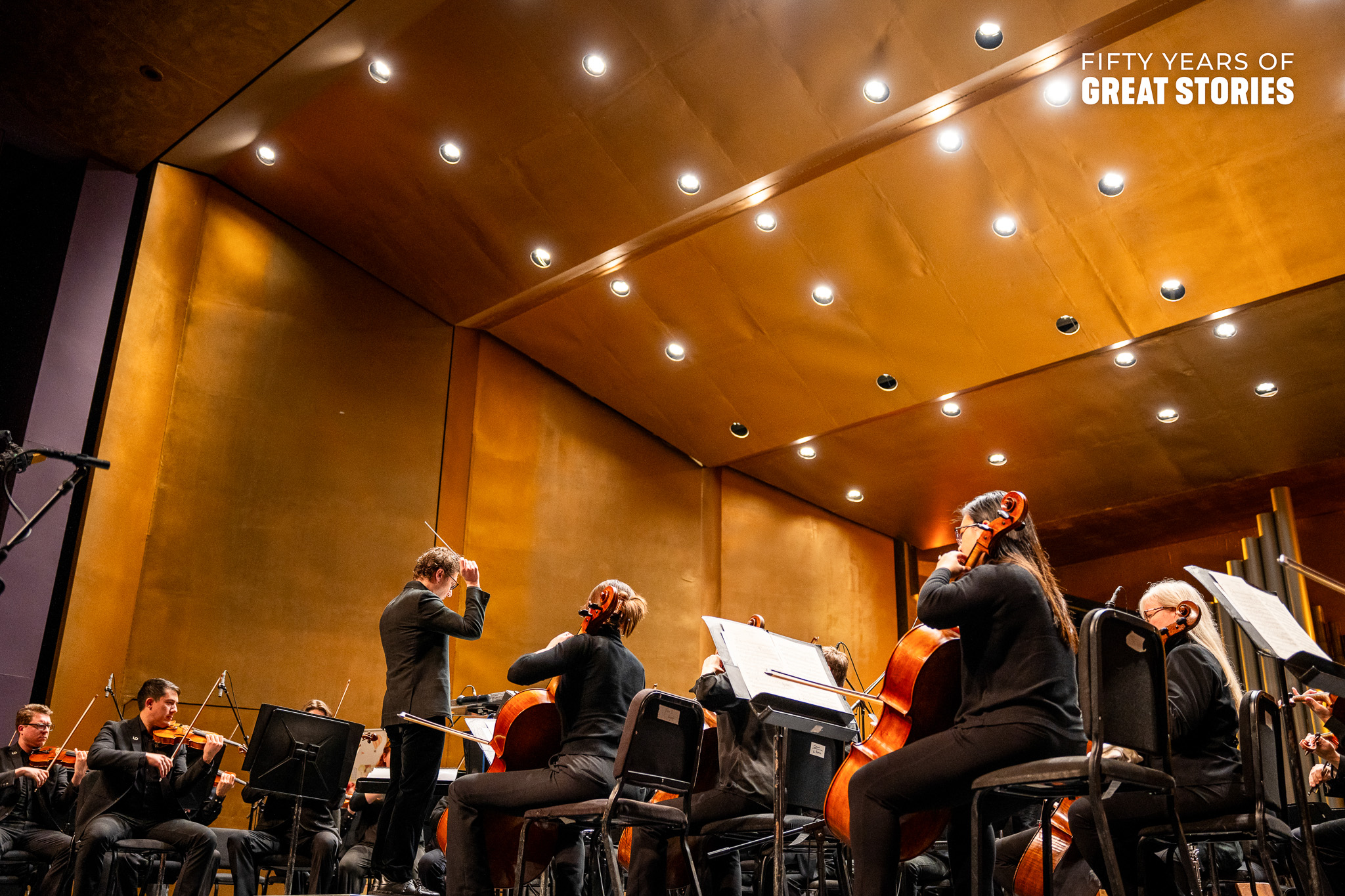Unveiling an Artist’s Hidden Palette
Gallery walls became a scientific laboratory for students in Jeff Fieberg’s CentreTerm course as they uncovered secrets hidden within Norton Center paintings.
“Molecular Modernism: Monet to Mondrian” is an upper-level CentreTerm course that focuses on interdisciplinary collaboration – combining science and art in a multitude of ways. By examining how science and technology shaped the evolution of painting from the late 1800s to the mid-1900s, students made connections that bridged the gap between scientific processes and artistic expression.
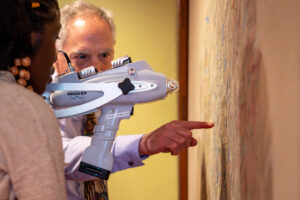
Dr. Jeff Fieberg, John Walkup Professor of Chemistry, has spent much of his career exploring the intersection of art and science. He has twice participated as a Sabbatical Leave Research Fellow in Technical Art History at the Indianapolis Museum of Art (IMA), working in the Conservation Science Laboratory to analyze paintings from the IMA’s European collection. Using this expertise, Fieberg ensures his students have access to hands-on learning opportunities and real-life applications in the chemistry field.
For this course, Dr. Fieberg’s students learned about x-ray fluorescence (XRF) spectroscopy and how it is used to identify pigments and palettes used in paintings – an important scientific technique used to analyze paintings in the conservation science field.
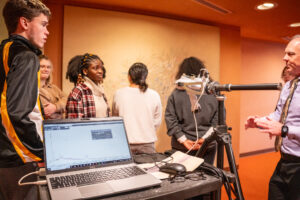
After learning the theory behind XRF, his class found themselves across campus with a rare opportunity to apply it in real-time within the Norton Center gallery. Setting up the spectrometer a mere millimeter away from the canvas of Robert Goodnough’s Green Blend, Dr. Fieberg guided his students through the process – the painting, sitting silently on the Norton Center wall, began to speak through the spectrometer, revealing Goodnaugh’s palettes and techniques.
“By analyzing paintings with XRF, we could understand not just the visible layers of a painting but also its hidden stories – insights into the artist’s materials and methods, changes made during the creation process, and even the artwork’s history of restoration and conservation,” said Sharon Mega, ‘24.
In addition to their project at the Norton Center, Dr. Fieberg’s class traveled to the Art Institute of Chicago and the Indianapolis Museum of Art, where they went behind the scenes to visit painting conservation studios and science laboratories and see the real-life application of their CentreTerm experiences.
“This was the first time I had ever thought about science being combined with paintings in this way,” said Dominic Verry, ‘25.
